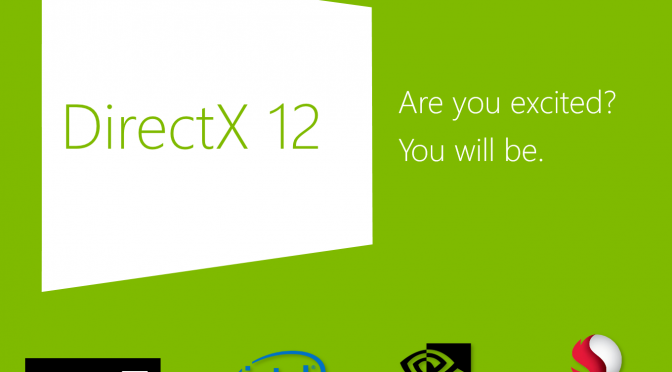When Oxide’s Ashes of the Singularity benchmark tool was released, NVIDIA issued a statement claiming that it does not consider this particular benchmark to represent what DX12 can achieve on its hardware. However, it seems that a lot has been going on in the background. According to one of Oxide’s developer, NVIDIA was pressuring Oxide to remove certain settings in its benchmark.
As Oxide’s developer claimed, NVIDIA’s PR department put pressure on the team in order to disable certain settings in its Ashes of the Singularity benchmark. Oxide refused to do so, which basically led to NVIDIA’s statement regarding Ashes of the Singularity.
“There is no war of words between us and Nvidia. Nvidia made some incorrect statements, and at this point they will not dispute our position if you ask their PR. That is, they are not disputing anything in our blog. I believe the initial confusion was because Nvidia PR was putting pressure on us to disable certain settings in the benchmark, when we refused, I think they took it a little too personally.”
Oxide’s developer also revealed that NVIDIA’s Maxwell does not support natively Async Compute, and that NVIDIA asked Oxide to disable it for its graphics cards.
“Personally, I think one could just as easily make the claim that we were biased toward Nvidia as the only ‘vendor’ specific code is for Nvidia where we had to shutdown async compute. By vendor specific, I mean a case where we look at the Vendor ID and make changes to our rendering path. Curiously, their driver reported this feature was functional but attempting to use it was an unmitigated disaster in terms of performance and conformance so we shut it down on their hardware. As far as I know, Maxwell doesn’t really have Async Compute so I don’t know why their driver was trying to expose that. The only other thing that is different between them is that Nvidia does fall into Tier 2 class binding hardware instead of Tier 3 like AMD which requires a little bit more CPU overhead in D3D12, but I don’t think it ended up being very significant. This isn’t a vendor specific path, as it’s responding to capabilities the driver reports.”
All in all, it looks like AMD is currently in a position to challenge NVIDIA, especially when it comes to DX12-only games. It will also be interesting to see what will be NVIDIA’s reaction to this whole thing.
John is the founder and Editor in Chief at DSOGaming. He is a PC gaming fan and highly supports the modding and indie communities. Before creating DSOGaming, John worked on numerous gaming websites. While he is a die-hard PC gamer, his gaming roots can be found on consoles. John loved – and still does – the 16-bit consoles, and considers SNES to be one of the best consoles. Still, the PC platform won him over consoles. That was mainly due to 3DFX and its iconic dedicated 3D accelerator graphics card, Voodoo 2. John has also written a higher degree thesis on the “The Evolution of PC graphics cards.”
Contact: Email

